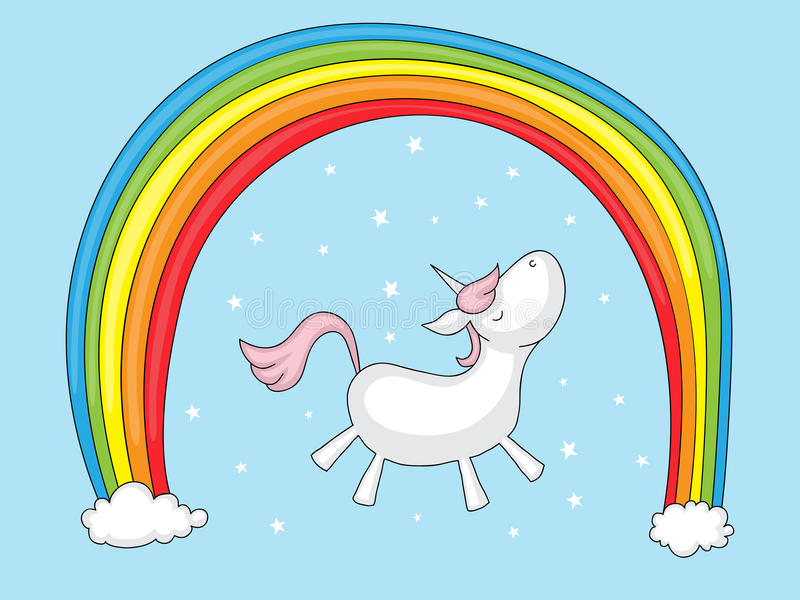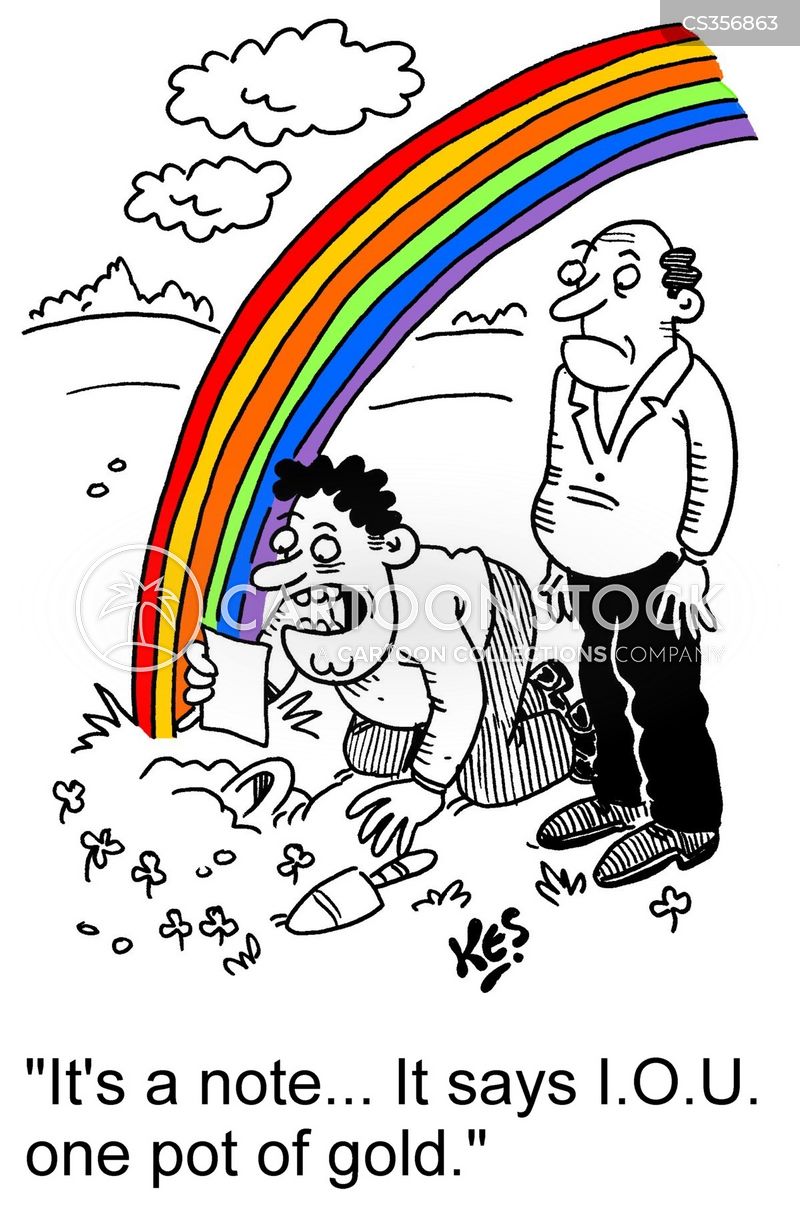Seeing a rainbow omens and superstitions.
- Traditional signs about seeing a rainbow
- History of signs about rainbows
- Understanding the signs meaning by how the rainbow looks
- Interpretation of rainbow by the seasons
- Different beliefs about rainbows
- Seeing a rainbow meaning in Judaism

A rainbow is a unique natural phenomenon that captivates eyewitnesses with its beauty. It is not surprising that in the old days various magical properties were attributed to it. And today we will talk about the sign "seeing a rainbow." We will consider its traditional interpretation, the perception of this celestial phenomenon by our ancestors, and also learn how to interpret the various nuances of belief depending on the season, the gender of the person who saw the rainbow, and so on. Well, let's get started.
Traditional interpretation when someone saw a rainbow
Most often, the rainbow is associated with finding happiness, fortune and good luck. It is believed that to see such a sign in the sky always means a good change.
So, for example, the sign “to see a rainbow” for a single girl, all of whose thoughts are occupied with her unsuccessful personal life, may mean that very soon she will meet her significant other. For those whose black streak has just started, such a phenomenon portends a quick exit from it and changes for the better. If you are worried about finances, rejoice when you see a rainbow - material difficulties will be successfully resolved soon. In a word, the interpretation of this natural phenomenon is usually associated with the feeling of happiness, joy, and pleasant impressions.
History of signs associated with rainbow
In many cultures, such a phenomenon as a rainbow has always been considered positive. For example, Christians believed that it was a divine light, and most pagans perceived it as a bright, positive sign of nature portending happiness.
An interesting legend about the rainbow existed in Ireland. The inhabitants of this country claimed that the rainbow is nothing more than a path along which small and very rich creatures, leprechauns, run. It was believed that in the place where the rainbow begins, you can find real treasure, and if you couldn’t find the treasure, you could meet a leprechaun who had to be caught and forced to tell where he hides the jewelry.
However, in some cultures, the sign of “seeing a rainbow” was not interpreted positively at all. So, for example, Slavic and Scandinavian followers of pagan traditions called this phenomenon a bridge between two worlds - the living and the dead, so they associated the appearance of a rainbow with the imminent death of someone from the settlement or house over which it rose. However, the Scandinavian beliefs were a little less gloomy: although the rainbow foreshadowed death, the deceased person went to a better place after death - right in the halls of Odin himself.
Understanding the signs meaning by how the rainbow looks
Signs and superstitions about the rainbow can be divided into several categories, depending on the appearance of this "sky bridge". In urban conditions, most often you can see only a part of the rainbow, but not a complete arc, so the appearance of the entire arc in the sky was considered the best sign at all times. If you are lucky enough to see this natural phenomenon in all its glory, you will be incredibly lucky.
A double or triple rainbow portends the end of difficulties and the beginning of a bright streak in life that will last a very long time. And if seven rainbows appeared in the sky at once – this is an indication that a rich and very happy life awaits the person who sees them.
A very rare lunar rainbow, according to ancient beliefs, is shown only to people with the strongest magical abilities. To see such a phenomenon means to be charged with a huge amount of energy, to strengthen your extrasensory abilities.

Interpretation of rainbow by the seasons
The beliefs about seeing a rainbow are interpreted in different ways and depending on the season. So, for example, our ancestors believed that the April rainbow brings a favorable period to the entire settlement, especially after a thunderstorm. There was a belief that during the first spring thunderstorm, the dark forces fight with the light ones, and if immediately after this “battle” a colorful “sky bridge” appeared, the victory went to the light ones, and very soon it would become warm. If, after the first thunderstorm, a rainbow is not seen, it means that there will be bad weather for some more time.
The autumn rainbow portends a warm period that will last for some more time, and also reports that the rains will pass soon, with which, by the way, several signs were also associated in ancient times.
The rarest occurrence is a winter rainbow. Seeing it is a very good sign. However, after the winter rainbow, you will have to wait for warmth for a long time, since its appearance was also associated with severe cold and snowstorms. On the territory of Siberia, a belief that a fabulous creature leaves behind a trail of gems was taken seriously, therefore, for Siberians, the omens about seeing a rainbow in winter said that treasures could be found somewhere near it.
The summer rainbow is mainly associated with the events that we have already written about above, since the “heavenly bridge”, which appeared in the warmest time of the year, is not so rare.
Different beliefs about rainbows
There are other signs and superstitions about the rainbow. So, for example, our ancestors predicted the weather on the side of the world where the "celestial arc" appeared. If it was east, one could expect good weather, and if it was west or north, it would be raining. For some reason, we did not find any mention of the south side.
Great importance was attached to the color of the rainbow: the predominance of red tones reported coming drought and strong winds; if yellow prevailed – it spoke about sunny weather; the rainbow in green – spoke about rain. Rainy weather was foreshadowed by a low rainbow and a high one symbolized the imminent end of the downpours.
The location of the rainbow was also taken into account: it was believed that the “arch”, passing directly above the river, “drinks” water, which means it will soon rain again.
Another important belief is connected with this phenomenon: swimming in a reservoir over which a rainbow appeared was strictly forbidden, since the "heavenly bridge" could take a person to heaven – there was a great risk of drowning. However, it was not forbidden to drink water from such a lake or river, and even vice versa – it was considered a good sign, since this water could protect a person from any troubles. Women who could not give birth to a boy also drank water “from under” the “rainbow bridge”: in the old days it was believed that the birth of female children is an ailment that needs to be fought.
As you can see, there are many different interpretations. And let everyone decide for themselves which of them to believe.
Seeing a rainbow meaning in Judaism
In Jewish traditions, the rainbow is often associated with the covenant between God and Noah after the Great Flood, as described in the Book of Genesis (Genesis 9:12–17). After the floodwaters receded, God made a covenant with Noah, promising never again to destroy all life on Earth with a flood. As a sign of this covenant, God set a rainbow in the sky. The rainbow serves as a reminder of God's mercy, faithfulness, and the enduring nature of the covenant.
Why, according to Jewish tradition, is it forbidden to look at a rainbow?
Answer: It is said by the prophet Ezekiel (1:28): “Like the appearance of the rainbow that appears in the clouds on the day of rain, so is the appearance of the radiance that is around; it is a vision of the likeness of the glory of the Lord.” Based on this, our sages ruled (see Babylonian Talmud, tr. Chagigah, 16a) that one who looks at a rainbow acts disrespectfully, as if he were looking at the manifestation of the glory of the Lord. In short, disrespectful. How to look into the eyes of a king.
By the way, there is no full-fledged ban. There is a strong recommendation not to do this. He looked so that he could say the appropriate blessing, took a photo, posted it on a social network - and avert your eyes, don’t be insolent.
In Jewish tradition, the tzitzit, the knotted fringes attached to the corners of a tallit (prayer shawl), are sometimes arranged in a way that resembles a rainbow. This arrangement serves as a reminder of the covenant and God's promises.
In Jewish art and synagogue décor, you may find depictions of the rainbow as a symbol of God's covenant with Noah. Such representations can be seen in various forms, including paintings, stained glass windows, and other artistic expressions within Jewish communities.
The rainbow is often seen as a symbol of hope and renewal. After a period of darkness and destruction, the appearance of the rainbow signifies a new beginning and the promise of a better future.



